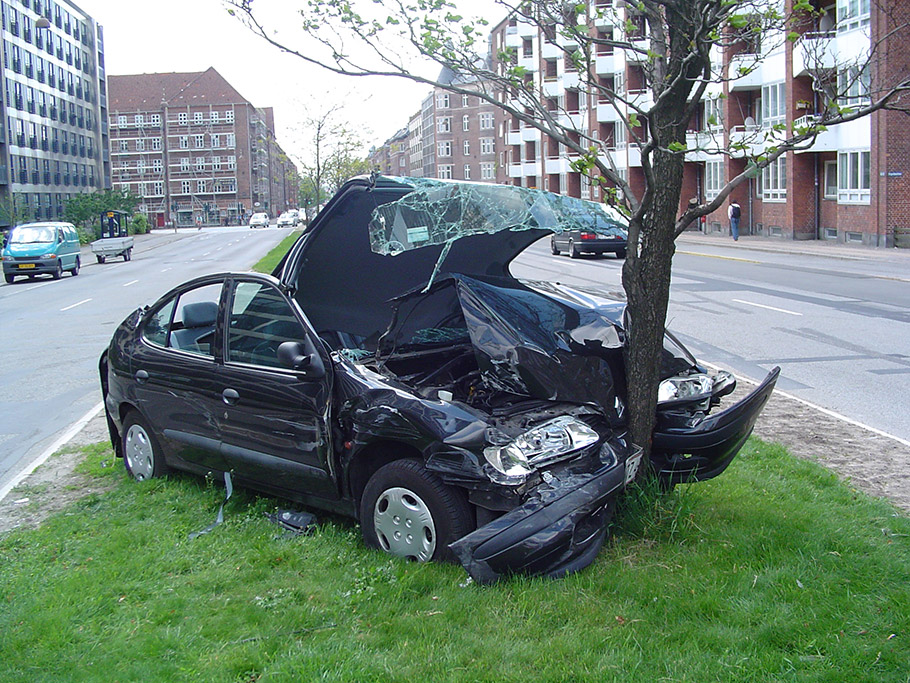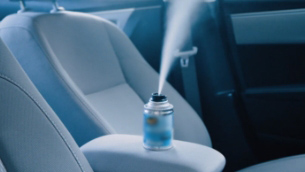2019 Road Worthiness Report: Are Britain's roads and road users up to the task
 In 2017, 254.4 billion miles were driven by car in the UK, making it the biggest ever year for motor transport, and that number is climbing. As car ownership increases and Britain's road network strains under the pressure, are we as road users up to scratch with our knowledge of the roads and are our roads safe enough to carry the British public?
In 2017, 254.4 billion miles were driven by car in the UK, making it the biggest ever year for motor transport, and that number is climbing. As car ownership increases and Britain's road network strains under the pressure, are we as road users up to scratch with our knowledge of the roads and are our roads safe enough to carry the British public?
Halfords Autocentre has compiled a report that looks at 12 key areas of interest for motorists titled the 2019 Roadworthiness Report. The following article will briefly discuss a few of the main points in the report.
Accidents in the UK
The report found a downward trend in the number of casualties resulting from accidents from 148,385 in 2015 to 126,977 in 2017. Despite the number of cars and drivers on the road increasing, the total number of accidents of all kinds are down since the mid 60's. London (unsurprisingly) is the accident hotspot of the UK, contributing to 20% of all accidents.
When it comes to the causes of accidents, a massive 70% of collisions are down to driver error, and 39% of this figure is made up of motorists not looking properly. These statistics led to Halfords Autocentre running its 2018 Roadworthiness Quiz to test Britain's knowledge of the road, and determine whether they were ‘road worthy'. The questions tested basic road safety knowledge, including identifying the legal drink drive limit, and required an 86% pass rate. The results backed up what the statistics showed, as 83% of the 55,000 people who took the test failed. London also had a staggering 99% failure rate.
Vehicle Defects
The report reveals that only 2% of accidents are down to defective motors, yet that still means over 2,000 people have been affected by avoidable car issues. The three biggest issues were faulty brakes (36%), illegal, defective or under inflated tyres (33%), and defective steering or suspension (18%).
Breakdown Incidents
Highways England deal with 85,00 breakdowns a year, and over a 2 year period, they found that 40% of breakdowns were down to these four things:
- Running out of Fuel
- Poor Tyres
- Power Loss
- Engine trouble
The report found that you're most likely to break down on a friday, during the summer, on the M1 and in the East of England.
Worst UK Junctions
The report also details three of roads.org.uk 52 worst junctions, detailing how sometimes the roads themselves aren't fit for purpose. It looks at Spittals Interchange - A14 - A14 - A141, Worsley Interchange - M60 - M62 - M602, and Chevening Interchange - A21 - M25 - M26.
How Safe are our Roads?
Bad junctions leads us nicely onto the condition of our road network. A fifth of people surveyed admitted they never used the motorway, with 34% saying they avoided using them because they didn't feel safe. The two main culprits for this were the M25 (unsurprising given that it was voted Britain's worst road) and the M6 (the longest motorway in the UK).
What needs to Change?
To conclude, the report goes details five ways in which the roadworthiness of our drivers and our roads can be improved.
- Improved Knowledge - There have been calls for mandatory retesting and encouragement to regularly brush up on your own knowledge
- Better Car Maintenance - Keeping on top of your service history and learning basic car maintenance skills.
- More government investment - To fix potholes and maintain busy routes.
- Addressing congestion - Smart motorways are being rolled out with active traffic management.
- Taking action - petitioning your local MP/Council to fix the issues with their roads.










